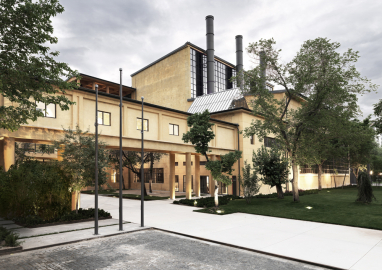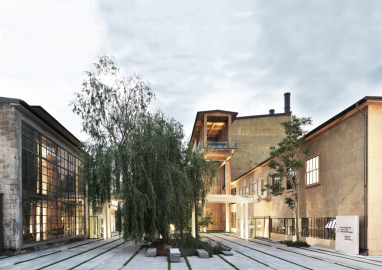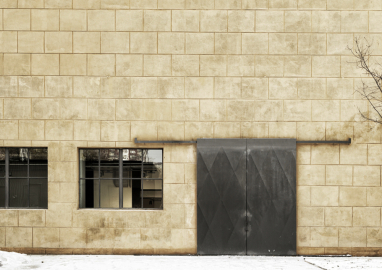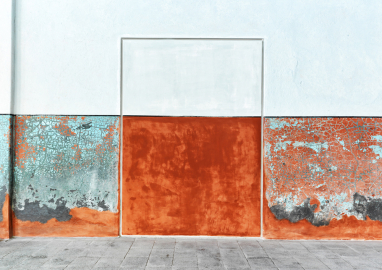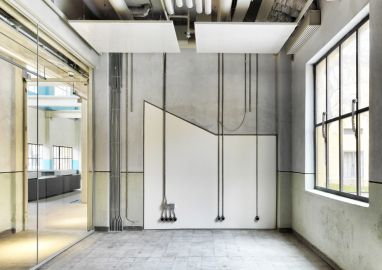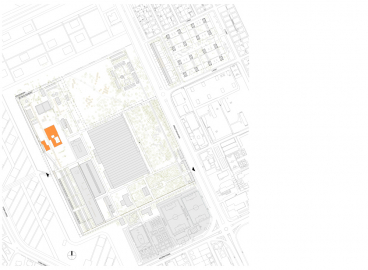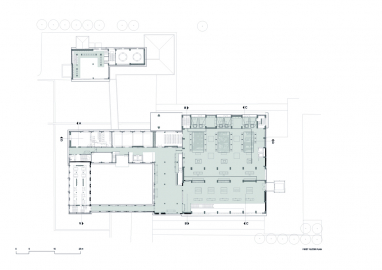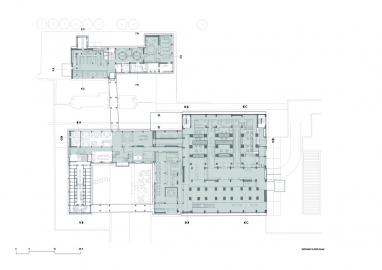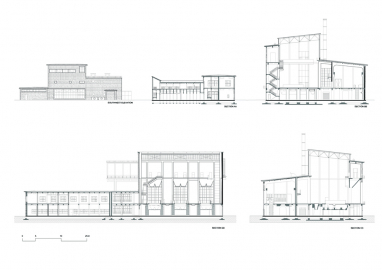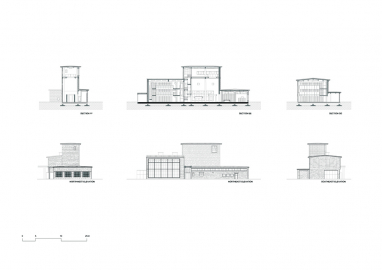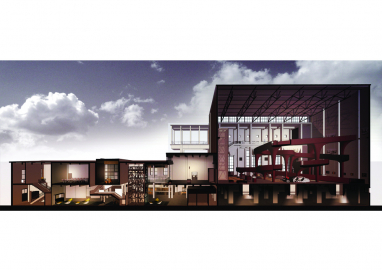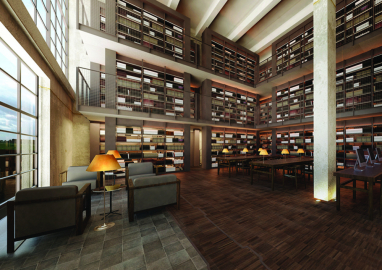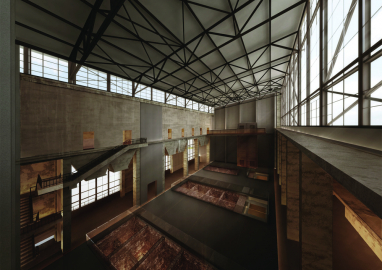Abdullah Gül Presidential Museum and Library
The transformation of existing Electrical and Steam Plant of Sumerbank Textile Factory Complex, one of the important symbols of the industrialization and modernization move of the Republican period, to be the Abdullah Gul Presidential Museum and Library represents a unique approach at the restoration of the Modern Architectural Heritage in Turkey.
The conservation principles, enhanced by EAA in relation with the entire campus of Sumerbank Textile Factory, maintains its validity throughout the buildings that will be converted to the Abdullah Gül Presidential Museum and Library.
It was quite important for the facility of the Electrical and Steam Plant, which are authentic industrial buildings for its patina composed in time, to be preserved and the traces of its period to be contained while exhibiting its layers. The interventions aimed for conservation are planned to incorporate the necessary repair and renovation procedures vital for building physics while preserving the existing suitable components. The buildings accommodate exhibition halls, administrative offices, the restaurant, a comprehensive library and extensive landscape design.
The buildings are regarded as a whole with all the layers added to them in time, as a result a certain effort was given to refrain from a restoration process that will bring forth any certain period rather than the existing condition.
The additions to be done on the existing fabric were treated as design issues necessary to be developed specifically on this project. It had been planned to make additions on the building elements which have partially or totally lost their functions, each in regard to their exact location and size contemplating with their related fabric, in a way compatible with the existing fabric.
The elements that are to be added to the preserved and partially adjoined existing fabric, depending on the scenarios of contemporary daily use, have been treated in principle as followers of the traces of the existing buildings while at the same time behaving as a part of the entire industrial atmosphere with the use of new materials. The principles mentioned above have played an important role as a guideline, like constitutional law, where verification of the design decisions during the project stage have been carried out.
Main design principle of preserving the buildings to the greatest extent possible designated the choices of structure and materials. Main RC and steel structural elements were preserved by additional reinforcements and replacements. The composite roof structure of the main hall was replaced with a new steel structure and a metal sandwich panel system chosen in accordance with the industrial aura. Many kinds of concrete reinforcement methods such as injections on surfaces, carbon fiber applications on slabs, additions of vertical bearing elements were performed. Steel facade framing elements were replaced by custom details, developed depending on the originals, with required structural and insulation criteria. Floor claddings, mainly terracotta and cement tiles, were brought to light and complemented by contemporary equivalents. Timber parquet was re-introduced as a new layer at the exhibition halls. Interior and exterior vertical surface coatings of plaster and paint were examined in details, relevant layers were brought to light, required cleaning was performed and final surfaces were frost with traces of time by the help of a special protective layer.

